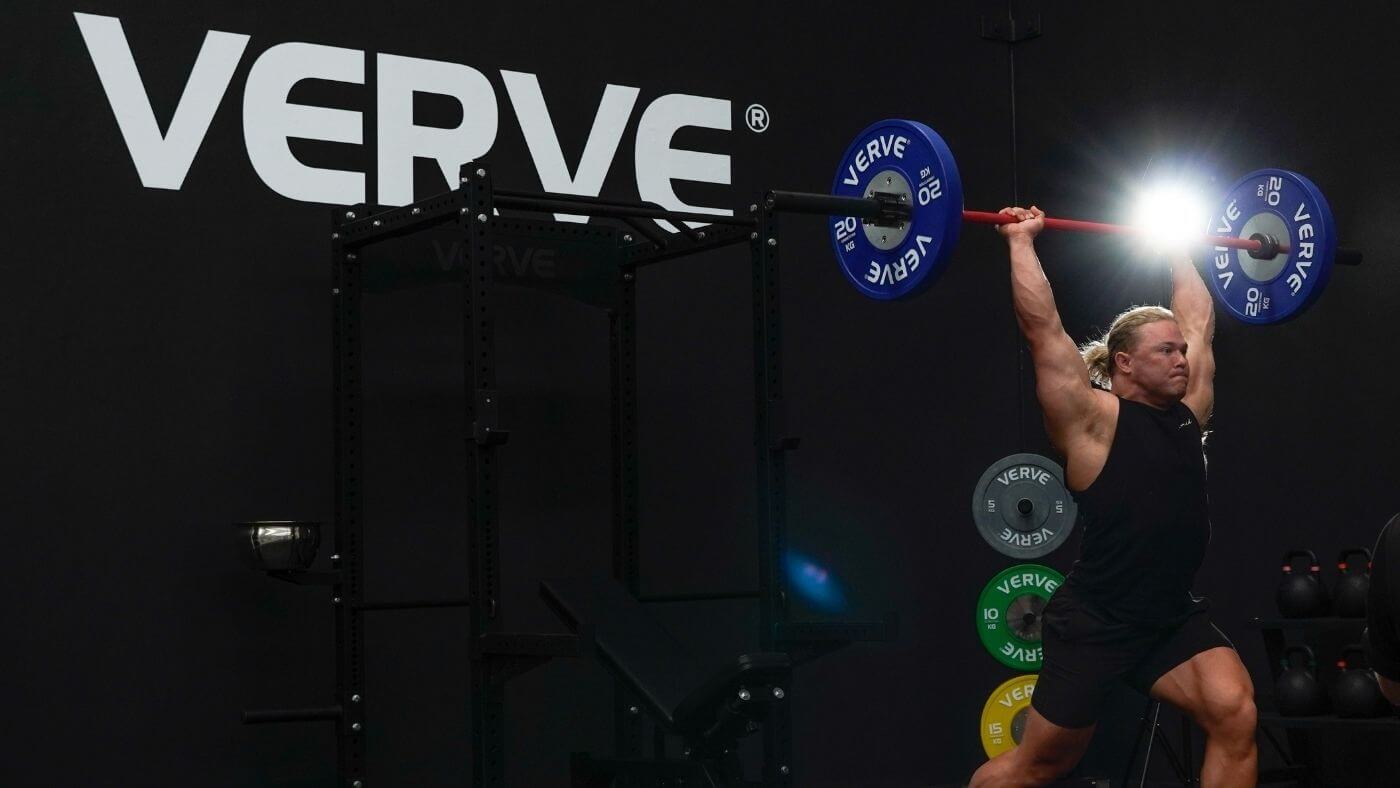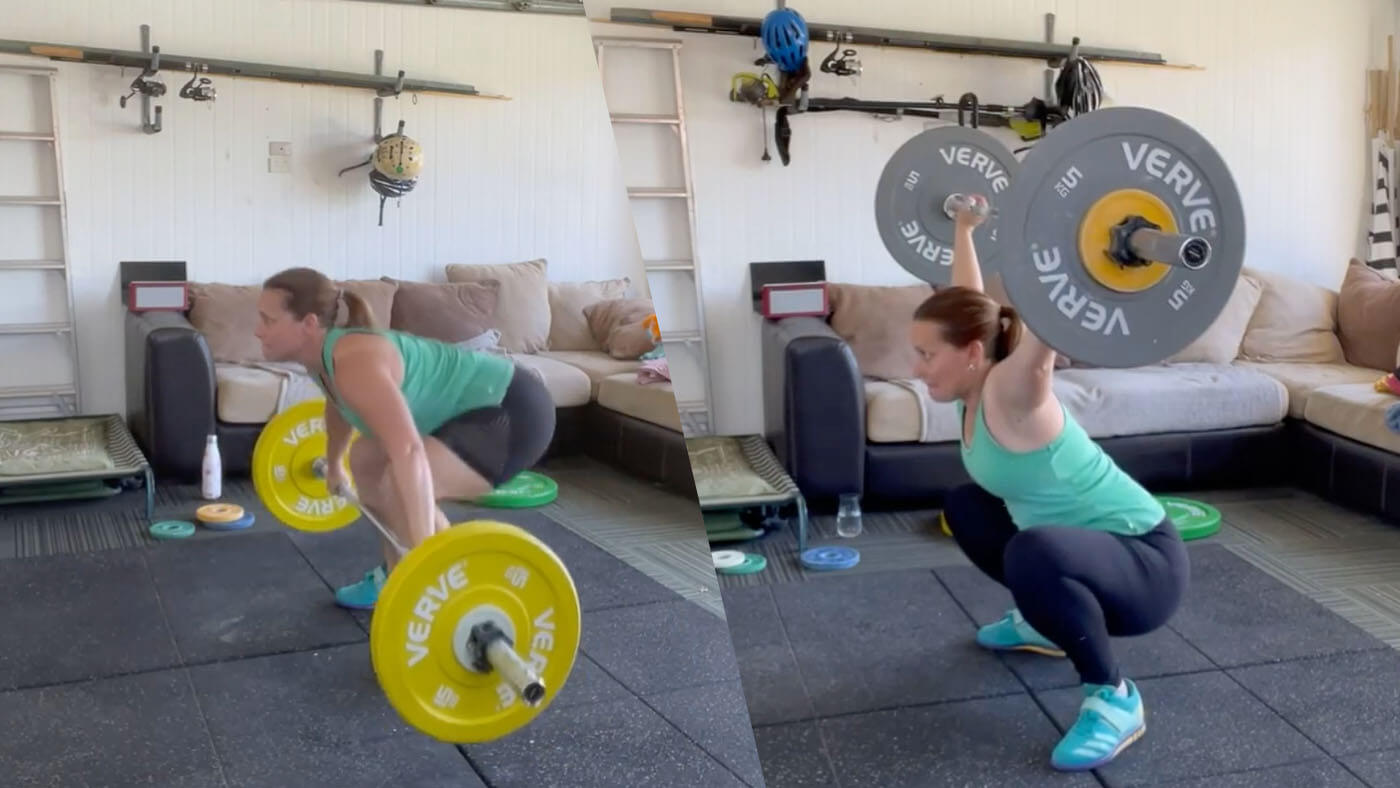By personal trainer & gym owner Dr. Dave Hopper
You’ve found yourself at a crossroads…..
You are doing really well as a personal trainer. Your personal trainer client book is full, you’re making decent, consistent money…
BUT;
You know you can do more. You can make more. You can have more freedom!
Opening a small gym would do this and opening a small gym has likely been a dream of yours for a long time.
In this article, I am going to cover everything you need to consider before you make the transition from personal trainer at a gym, to owner of your own small gym.
Additionally, I will discuss the actual transition process and how to handle things financially, legally and beyond.
Things to Consider:
Start-up Expenses:
Of all the things to consider, this is probably the most important. How much money will you need to get your new, small gym open? You will need detailed information on every cost, especially if planning to borrow from a bank.
Break up your expenses into separate categories such as; “one time” or “monthly”. A one-time expense would be something like the purchase of gym equipment. A monthly expense would be something you pay monthly, such as your insurance premium.
Here is a list of common expenses:
- Lease/Rent
- Build-out of Space
- Equipment
- Insurance
- General liability
- Professional liability
- Legal fees and miscellaneous charges
- Contract reviews
- Business Permits
- And many, many more
The average small gym will likely be around US$20,000-US$50,000 just to get the doors open. Of course, these numbers can vary greatly dependent on an array of factors.
Marketing/Advertising:
How will you market your new business? How will people know you exist? How much will this cost you?
Keep in mind, you are likely training your current clients under a non-compete contract. That means if you go open your own place, you legally cannot solicit existing clients to come and train with you in your new gym.
Well this is crushing news. That’s likely all of your income. You would basically be starting from zero.
But, starting over gives you a new opportunity to form your niche. Having a niche that makes your gym unique will make you stand out from local competition. This is what you should focus your marketing on.
For example; if you train track athletes, make your marketing all about track athletes. Don’t market to athletes in general; and especially don’t just market that you offer personal training. Remember, every other gym in town does this too!
Location:
Location can make or break your gym. Do you have a spot in mind? A prime location on Main Street in your town will give you great exposure but will likely equal the highest rent. On the other hand, an industrial park will be very inexpensive, but no one will know you are there.
CrossFit has really done a great job of proving that you don’t need a prime location to be successful. In my area, most CrossFit boxes are tucked away in industrial parks. The reason they have been successful in down to the fact that these small business owners have identified a niche community and built on that. You can do the same.
Employees and Independent Contractors:
A great way to split some of the opening and monthly expenses is to have independent contractors rent space from you.
Most small gyms will offer enough space for 2-3 one-on-one sessions to be going on simultaneously. If this is the case for you, get some renters in! They can train alongside you, or on your off hours. The more time you can fill, the more money you’ll be bringing in.
There are considerations you need to be aware of.
You now have 2-3 times the wear and tear on all your equipment. You have to manage other trainers and possibly their clients. Sometimes your renters will not be a good fit (for various reasons) and you are tasked with getting them out. For these reasons and more, ensure you have a solid contract in place and very clear usage rules. I even recommend having a thorough ask around to see if the renters’ have a positive reputation within their chosen industry. Remember -whomever you sublease space to, they will be a direct reflection of your gym in the public’s eye. The public don’t know the legal arrangements you have with a Physio or independent trainer at your place. All they know is they “work” out of your gym. Short story- choose wisely!
Hours of Operation:
What will be the hours you make yourself available for training?
I highly recommend doing block scheduling. This means putting all your clients back to back, so you can get the most from your time. If you have a client at 7am, followed later by one at 9am, then 10:30am; there are gaps everywhere that aren’t big enough to really accomplish other tasks. This becomes frustrating and you have full days that don’t really produce much.
Set hours and stick to them. It seems scary in the beginning, but people will come when you are there. This enables you to block out time for marketing which is more important now that you are working for yourself. Go out in the community and make connections. You can block time for program development for your clients and block some down time (a very necessary item).
The Transition:
If you’ve considered the things listed above and you still want to move forward, here are some items to help move you into the transition.
Making a Business Plan:
If you are going to get money from anyone, regardless if that’s a bank or a rich uncle, they will likely want to know that you have a solid business plan.
A business plan isn’t just a few sentences scribbled on a page. It is a very specific plan of action detailing exactly what your business will be and do.
Pick your dream location and start plugging in numbers. You will need to have details down to the penny of how much each item will cost, depreciation values, maintenance fees on equipment and every other major and minor expense you will incur.
Some items you will only be able to guesstimate; such as your build-out. Meet with a contractor, have him go through the space you’re considering, and he/she will likely be able to give you a number close to what the final cost will be.
*ProTip- add 20% to your final number. Always aim high, assume you’re forgetting things and assume there will be unforeseen expenses.
For example, when doing my personal gym build-out, I tore out a drop ceiling to allow for more over-head space. What I didn’t plan on, was the extra $8,000 I had to spend to raise all the sprinklers for fire code.
Here’s a helpful article on writing a business plan.
Get Incorporated:
Pick a business name and become incorporated. This way should anything ever happen, only your business is liable, and your personal assets are protected. Find yourself an accountant or a lawyer who can do this for you and help you decide how to properly file.
Speaking of Taxes:
When you own a business, you will be responsible for paying taxes on the money your business makes, as well as your personal income. Again, an accountant will help you navigate all the details here; but plan to be spending some time learning about tax laws, filing taxes each quarter, and possibly having more tax liability.
Lease Negotiation:
Find a reputable commercial real estate broker. This person will be the individual who shows you all of your possible gym locations and helps you negotiate your lease rate and terms.
Your lease rate will likely be lower than advertised, especially if you’re willing to sign a long-term contract. There are many things that need to be considered when you are negotiating a lease. Having a professional on board will ensure things are done properly and without costly mistakes.
Build-Out:
A build-out refers to all of the construction needs that will be required to make the space exactly what you envision. This includes walls, floors, bathrooms, etc. This does not include your equipment, wall décor and other non-structural things.
Depending on the space you pick and your vision for your small gym, you may require a very detailed build-out. However, in some cases, there is no build-out needed at all.
Many times, a building owner will be willing to pay for part of your build-out, or give you a few months free rent to compensate, or both. If a space has been vacant for some time, the building owner may be willing to cover even more- just to get you in the door.
Insurance:
Paying for insurance may seem like a useless cost, a hassle and not necessary…..
that is until the day you need it. Then it’s a god-send.
Having the proper coverage on your facility will ensure that if anything happens to it; be it a flood, fire, robbery, etc., your expenses will be covered and any damage replaced. Insurance also covers you if someone falls and hurts themselves in your facility. In addition, most banking institutions won’t give you a loan without an insurance policy in place. Property leases are likely to be in breach of contract without an insurance policy. My advice to you - get a good policy.
The above pertains to general liability and renter’s insurance. You will want to seriously consider getting professional liability insurance as well. This type of insurance will cover you if a person is injured during personal training. In addition, if you have other trainers renting from you, be certain they have insurance that lists your business premises and you as a listed individual as additional insured on their policy.
Taking your Clients:
As I mentioned earlier. You likely are working under a non-compete contract at your current gym. If so, you cannot take your existing clients with you.
The law gets a little tricky with this though.
You can’t solicit existing clients to come train with you at your new place. However, if they find out you are opening a new facility and make the decision on their own to come and train with you, that’s totally fine.
Disclaimer; I am not a lawyer. I highly suggest you speak with one about how to handle this situation so you can avoid any costly legal complications.
Purchasing gym equipment:
Gym equipment is the most important thing you will have in your facility.
Functionally- your equipment is what people are coming to use at your facility. Please ensure you purchase durable equipment! Don’t skim on money here; buy equipment that will last for decades and will look good through the years.
Aesthetically, your equipment will tell your clients what type of place they are coming to train at. If you have great looking barbells, plates and a beautiful rig set-up, they will feel good about working out in your gym. If you have rusty equipment that is mis-matched and looks second hand; clients will question the quality of everything, including their training.
Here is what I recommend. Find a high-quality equipment company that you like. Often times these companies will offer deals on equipment when buying in bulk. These companies especially like to help new gym owners get going, so they may offer special packages for new gyms that include most of the equipment you would need from day one.
In addition, some equipment companies can help you get approval for financing the purchase of your start-up equipment.
Décor:
One of the biggest shocks I had as a mid-twenties male personal trainer, was how much a simple chair costs for a waiting area. A good-looking chair costs about $150-200!!! What?! Even an “okay” chair will run you near $100. Ridiculous! Then you need to have pictures on the walls, other random furniture and of course you need to paint everything.
Décor can be shockingly expensive.
My tip: Don’t make your gym like every other gym around. Decorate it as you would your own home. This ensures your new gym is a direction reflection of you… it has the same vibe as you. This personal touch is what attracts people who will likely enjoy your company, as you will theirs, resulting in a long-term client relationship.
I know it’s a lot to digest.
There are so many things to take into consideration. This really is just the beginning; we are only just starting to scratch the surface. Each of the items listed above is a HUGE part of your business and will require lots of effort. But with great effort comes great results.
Take each piece and perfect it. Then go onto the next.
If your business plan sounds attractive to you after you’ve done all the back work; then go for it!
Best of luck to you on your new business journey from Personal Trainer to Gym Owner! It’s a worthwhile task that will have you loving what you do. Business no longer is just “work”.
Dr. Dave Hopper





